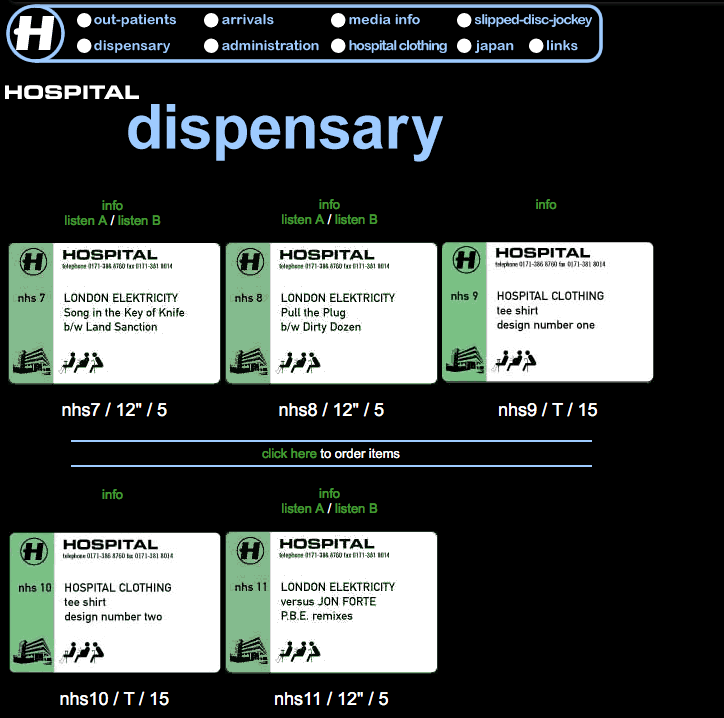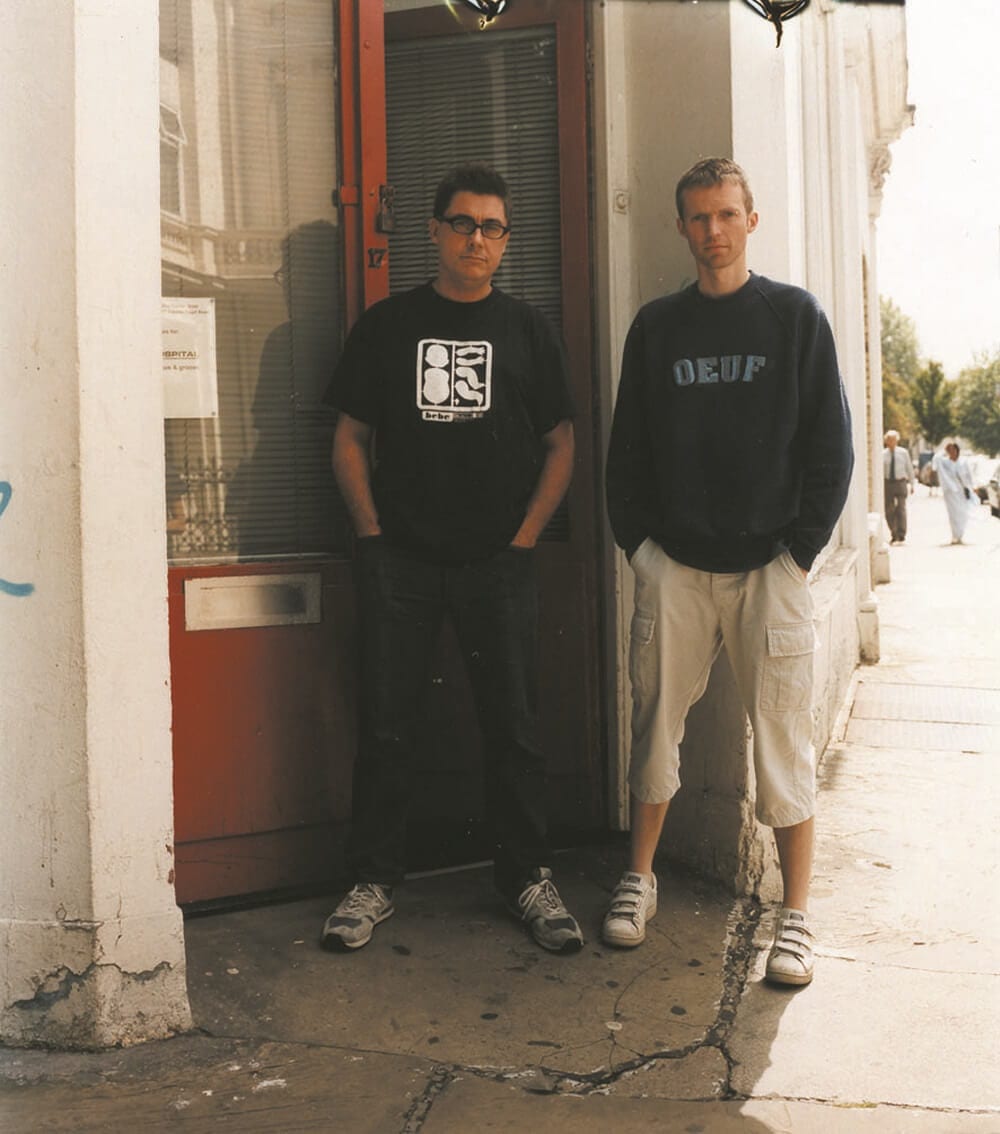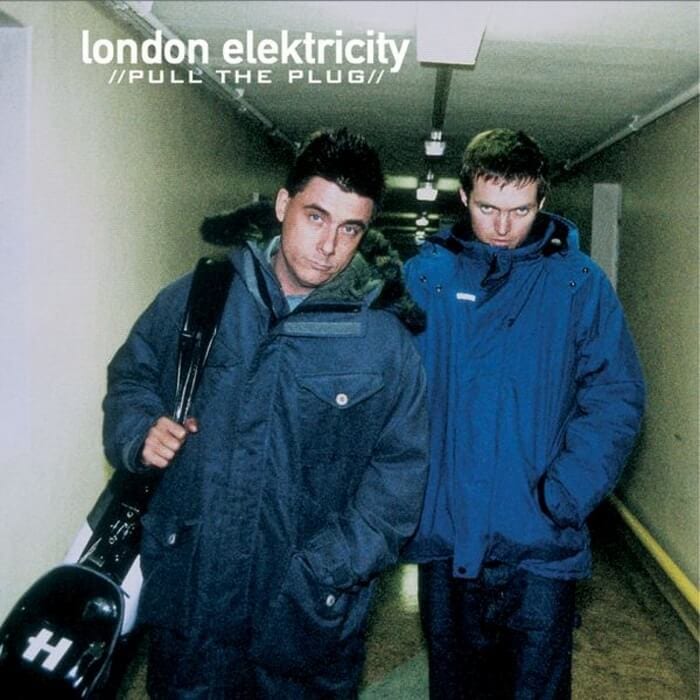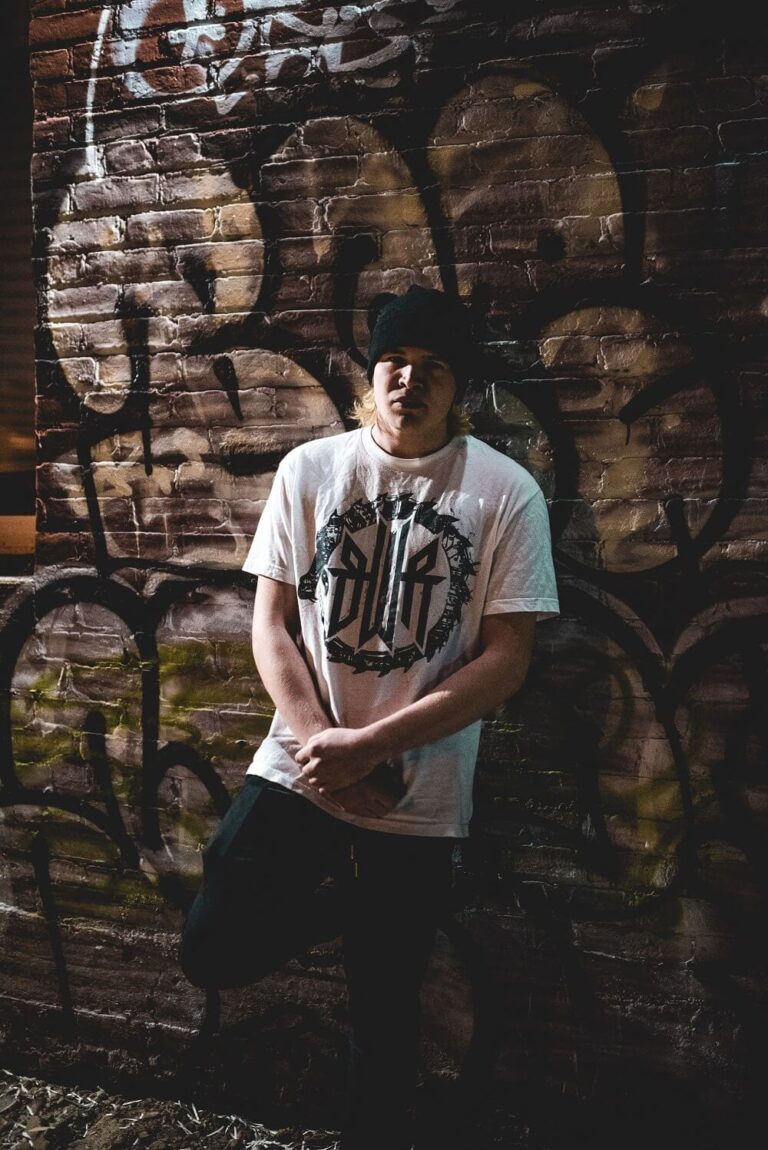June 14 1999: A gamechanging day for London Elektricity.
Inspired by the foundations set by the likes of Roni Size and 4 Hero, backed by years gigging and recording with bands such as acid jazz soothsayers IZIT and cosmic wayfarers Orkestra Galatica, motivated by the first three years of releases on the freshly-fledged Hospital Records… The culmination of everything then-drum & bass outsiders Tony Colman and Chris Goss had achieved so far in their musical lives was compounded and accelerated in the form of their debut album Pull The Plug.
Unruly, freeform and loaded with 11 minute musical excursions, Pull The Plug consolidated the sample-squeezing, organic funk sound that characterised Hospital’s early years and enticed and encouraged a whole new generation of artists such as High Contrast, Nu:Tone, Danny Byrd and Logistics. It also represented Tony and Chris (London Elekricity were a duo until 2002 when Chris put his headphones down to concentrate on running and developing the label as a business) as an act who weren’t part of the drum & bass establishment and were going to do things very much on their own terms.
18 years later, Pull The Plug has matured well, from the slinky halftime soul of Do You Believe to the sleazy, low-riding slaps of Dirty Dozen. And it sounds perfect in the current summer heat we’re enjoying. Revisit it right here and read the story behind the album from Tony and catch some reflections of then and now from Chris below.
“I just used the amazing Wayback Machine to teleport myself back to the 1999 version of the Hospital website, when we used to display our musings about each release we made. The tune that changed it all for us and became the lynchpin of the Pull The Plug album was Song In The Key Of Knife. At the time I said this about it:
This tune was the antidote. I conceived this as a feature for Peter Shrubshall, who’s played flute and sax with me ever since the early days of IZIT back in 1988. The horn melody was inspired by War’s Low Rider, and the strings were played live by Orkestra Galactica. The drums and bass fired up; I was inspired by Roni Size’s basslines and 4-Hero’s Blackgold of the Sun version for the vibe. I finished mixing this the day before Chris and I went to Japan to promote our new deal with Sony – we played it off DAT in clubs there, and we knew it was good. Thankfully it has done well and taken us to a new level; Key Of Knife is two fingers to anyone who says you can’t put deep and live musical content in a club tune.

“It’s amazing that the album is 18 years old. I remember Chris and me going, as total outsiders, to the 1999 Knowledge D&B awards in Kilburn with some CDs. We were standing by the FOH mixing desk in our parkers (you 100% never took your coat off in D&B raves back then) having a great chat to Marcus Intalex for the first time. I overheard the sound man saying he had no music to play during the awards – so our entire album got played about seven times that night! We’ve come on a long way since then – we’re known well enough to be able to leave our coats behind the decks – usually.” – Tony Colman
“I can’t really believe that record is now 18. The two of us, and our company, have come such a long way since we grappled with the Atari and our DDA desk with channels you had to thump hard to make work.” – Chris Goss
5 things that were better about drum & bass in 1999
Photek: Yes, I know Modus Operandi was released in 97, but drum & bass was just a better place with his jaw-dropping production. I miss him.
Swerve at The Velvet Rooms: Speed was the game-changing foundation, but Swerve at The Velvet was really special. We were lucky to play a few times down there, and the genuine sense of community was unique and infectious. Yes Fabio!
Vinyl Records: I love making records, because I grew up collecting and treasuring them. Back then the production processes were cheaper, much more varied, with more customer choice. I trust we will always make beautiful, vinyl products. If we don’t, I think I’ll want to quit!
Patience and time: Remember that? When tunes, stories, artists and brands evolved and grew over time, slowly but surely. I do feel in 2017 we really suffer from an ADHD attention span, and as result, creative culture loses.
Sample culture: Well we all did it. Before finger-printing and audio-matching technology. All of us would be nowhere without the genius and creative energy of cut & paste hip-hop culture.

5 things that are better about Drum & Bass in 2017
Worldwide community: I could never have imagined our scene would become so totally Outernational. Brilliant music being made from all four corners of the globe, and we are so much richer and vibrant for it.
Access to music: 4G mobile devices with streaming and recognition software and apps, can only offer even more opportunity to music-makers from every genre.
The D&B landscape: Like the global line-up of artist and performers, the actual breadth and scope of drum & bass these days is incredible.
A level playing field: Maybe this is a double-edged sword; but anyone can start a label, so there is no barrier to entry. That said, the music should still be brilliant, so do try and take your time.
Raving outdoors: Underground dance music exploded in the open-air back in the early 90s, but somewhere along the line that got lost. Thanks to brilliant events like Let It Roll, Outlook, Detonate, Secret Garden Party, and so many more, we can produce our own all-day celebration of D&B in a London Park.
Follow Hospital Records: Facebook / Soundcloud / Twitter


